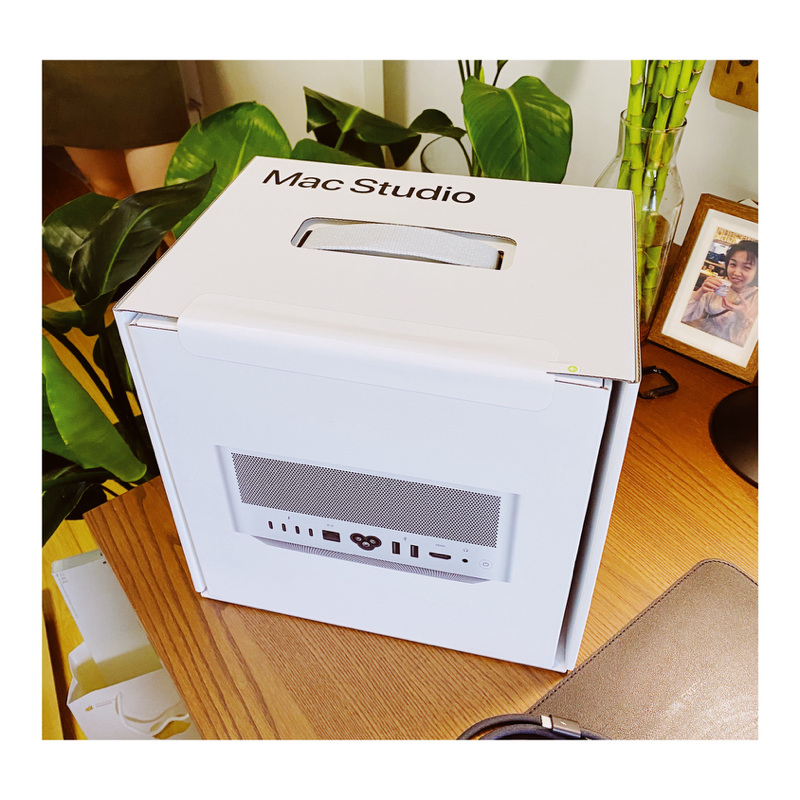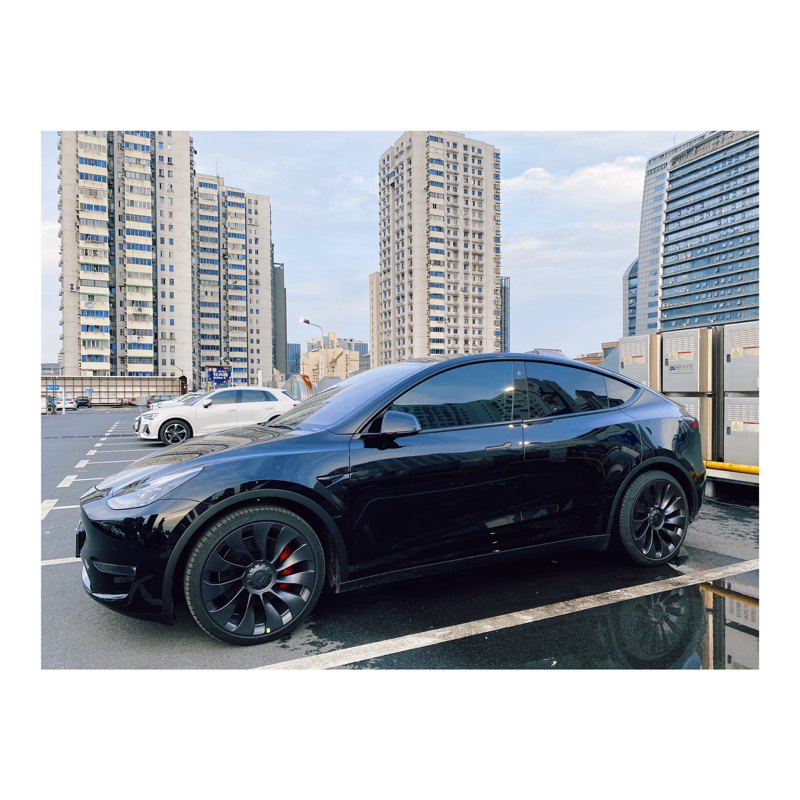Little Belly, Little Belly, Here I Am
At the end of March, I embarked on an intense weight-loss journey—not for vanity, but because my fatty liver had become quite severe. One day in March, the doctor told me, “You’re still young, but your health indicators are worrying. Take care of yourself.” That walk out of the hospital was a low point; I was frustrated, knowing I’d ignored my health for over a year, letting my fatty liver spiral out of control. Still, I kept telling myself: this is a wake-up call. It’s time to get serious!
And so, I entered a relentless routine. (A word of caution: this isn’t for everyone. My doctor only recommended 150 minutes of exercise per week.) For me, it was seven days a week, two workouts a day. Since March, my Apple Watch activity rings have been completely maxed out every single day.
When it came to food, I didn’t obsessively control my diet. I despise bland meals, so I skipped salads altogether from day one. (Shout out to my friend Mulan, who sent me an article during my second week: “Turns Out, You Can Lose Weight Eating Shaxian Snacks.” It gave me a fresh perspective on food and reassured me that not every indulgence is a risk.)
That said, I did cut back on fried foods and kept my portions in check. Speaking of portion control, I spent two weeks experimenting with my “cravings.” Eventually, I trained myself to realize that eating until I’m 70% full brings me just as much happiness as eating until I’m completely stuffed. Eating more doesn’t magically improve the world or bring extra joy—it’s all in my mind.
Building Confidence in Fitness
I didn’t hire a personal trainer because, honestly, I’m a bit stubborn. I wanted to find a weight-loss routine that worked for me. From day one, it’s been about trial and error. A crucial first step for anyone like me, who’s been sedentary and overweight for years, is to build confidence.
I used to dread working out, convinced I couldn’t last 30 minutes on a treadmill. When I finally stepped on, I constantly gave myself excuses: “Take a break, it’s no big deal.” Unsurprisingly, this mindset sabotaged my progress. The key to confidence is starting with activities you enjoy and that aren’t too challenging.
Running was tough for me—I couldn’t last 10 minutes. But the elliptical? That felt manageable. So, I started with 10 minutes on the elliptical, gradually increasing to 60 minutes, and moved from difficulty level 1 to 15. This confidence-building phase took me about three weeks. After that, I could consistently work out for over an hour, and by the end of the first month, I was exploring other exercises, even dabbling in strength training.
Fitness Tips for Beginners
1. Long workouts don’t guarantee high-quality results.
Standing on a machine for an hour doesn’t mean you’re burning fat effectively. The key is improving your workout quality within a set timeframe to sustain fat-burning. Two common methods:
- HIIT (High-Intensity Interval Training): Highly effective but tough to maintain, not recommended for beginners.
- Steady-state cardio at your fat-burning heart rate (mine is around 110–150 bpm). Activities like running, cycling, and using the elliptical are great. For beginners, start with this method.
2. Fat loss happens all over your body.
Don’t worry about specific “problem areas.” Stick with it, and overall fat will decrease. Pair cardio with resistance training to boost metabolism. However, I don’t recommend resistance training for beginners—most people struggle to maintain form, wasting time. Plus, the soreness might discourage you. Stick to simple cardio for the first 1–2 months.
A few other fat-loss suggestions:
- Create a calorie deficit. Burn more than you consume. Even at rest, your body burns calories, so understand your baseline and adjust accordingly. If you overeat, burn it off—that’s how you avoid fat accumulation.
- Adopt three healthy habits:
- Drink plenty of water daily (carry a water bottle, and start your morning with a glass).
- Track your meals to understand your intake.
- Weigh yourself every morning. It motivates you to keep going.
- Think of fat loss like product development. Identify your “user needs”—be it aesthetics or health—and iteratively improve. Fat loss isn’t a quick fix but a sustainable journey to a lifestyle you enjoy. For me, a day without exercise now feels incomplete. Sweating has even become a great stress reliever.
- Treat yourself to new gear. New workout clothes or gear can be motivating. I love Under Armour’s staff—they’ll tell you, “Wear our gear, and you’re sure to lose weight!” (Yes, I bought it.) When you go from XL to M, the confidence boost is unmatched.
- Avoid crash diets. They might yield quick results, but they’re unsustainable and lead to rebound weight gain. For those with fatty liver, balance is crucial. Starving yourself will only make things worse.
Current Progress
In three months, I went from 17x kg to 13x kg, with my body fat percentage dropping to around 15%. My fatty liver is gone, and all related health indicators are back to normal. Even my doctor called it a rare success story. But I know this is just the beginning—consistency is key.
Special thanks to my wife, who not only kept me motivated but also made daily meal prep easier. She even gained a bit of weight herself while supporting me (though she did sneak in a treadmill purchase for her own use)!
“Important but Not Urgent” Toys
When it comes to making product decisions, we often evaluate tasks based on their importance and urgency. The same principle applies to buying things. For many guys, the things we love are often very “important” but not at all “urgent.”
Sometimes we don’t need them at all in the short term, but the desire to own them is undeniable. For me, most electronics fall into this category. Recently, I bought two “big toys.” Honestly, they’re important but not urgent purchases. However, my persistent persuasion eventually wore down my partner, and we got them both. Let me share my experience with these two “big toys”:
Mac Studio and Studio Display

Our iMac had been in service for over seven years. While it handled web browsing and video playback smoothly, file management and video editing (not that I edit videos every day) became sluggish. Sometimes, the fan would roar like a tractor, which was unbearable. So, I had been eyeing a new iMac for a while.
But! Apple discontinued the 27-inch iMac and replaced it with the Mac Studio and Studio Display. It’s infuriating—they took a device priced at over 10,000 RMB and split it into three products: the Mac Studio (10,000+), the Studio Display (10,000+), and the black keyboard set (3,000+). Cook is truly a shrewd businessman. This isn’t just incremental updates; it feels like splitting one pair of pants for three people to share.
I considered waiting, hoping Apple would release a new 27-inch iMac. However, given their recent product launches, a 27-inch iMac seems unlikely. Why else would they release the Studio Display? It would only confuse their product lineup. So, I bit the bullet and bought them. At least for the next 1–2 years, I believe the Mac Studio will remain top-tier in its category. As for the M2 chip? Forget it—that’s incremental improvement at its worst.
Tesla Model Y Performance

Calling Tesla an electronic product is not an exaggeration. It’s important but not urgent because we already have a car. Buying another one is borderline crazy. But my love for gadgets got the better of me. So, I placed an order in January and waited…and waited. After being told it would arrive in March, I finally got the car in June, just after Children’s Day.
During the first week, I practically wanted to live in the car. However, there are minor issues, so here are some of the pitfalls I encountered:
Missing accessories in the Chinese version
Two essential parts were omitted from the Chinese version: front mud flaps and a trunk cover. These are included in international versions but need to be purchased separately in China.
- Mud flaps: Due to the Model Y’s wheel design, the tires extend slightly wider than the body, like some sports cars with wide-body kits. This causes water and mud to splash onto the car’s sides when driving through puddles, leaving the car dirty after washing. It can also fling stones onto the car’s paint. Mud flaps help significantly reduce these issues.
- Trunk cover: Without it, the trunk is fully exposed. Items are easily visible through the glass, and road noise worsens, with items bumping around and making sounds on bumpy roads
Transparent protective films are a waste of money
To address the mud-splashing issue, I got a protective film applied. In hindsight, it was a waste. Let me explain:
- If you scratch the paint (your own fault), repairing it at a non-Tesla shop costs less than 500 RMB.
- A protective film costs at least 5,000 RMB, with high-end options exceeding 10,000. That’s the cost of 10 paint repairs. How often do you scratch your car intentionally? Even after years of driving, I haven’t had more than 10 scratches caused by others. Economically, it’s not worth it.
- Claims like “Tesla’s paint is thin” or “bird droppings will damage the paint” feel like marketing tactics. So, unless you’re a diehard fan, skip it.
Build quality is still subpar
While China-made Teslas are better overall, minor issues persist. For example, within two weeks of getting the car, I visited the service center due to a strange noise from the door. Initially, I thought it was the window. After two hours of testing, the technician identified a loose part inside the door. They fixed it quickly, but it’s a problem that should’ve been avoided.
Silly Yet Somehow Sneaky
Teslas feel like unfinished products, requiring many accessories. To avoid disappointment, I cleverly ordered from two different stores for comparison. Sure enough, one store had high-quality products, while the other’s were terrible. The trunk mat from the latter was hard, uneven, and overpriced. I initially planned to leave a detailed review, but then my partner kindly reminded me:
“Why don’t you just return it within seven days, no questions asked?”
Me: “Uh…”
She added, “You’re silly yet somehow sneaky.”
